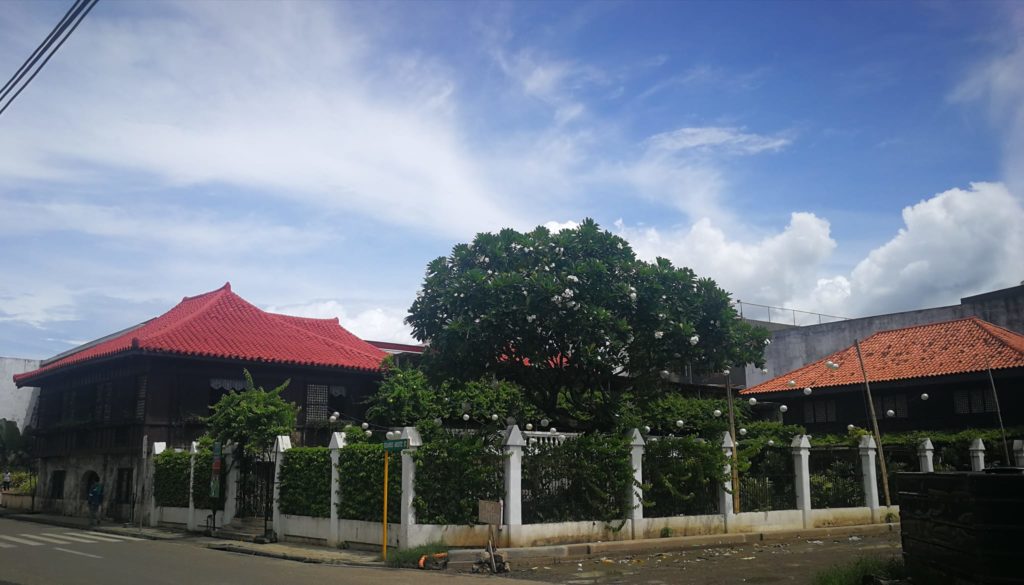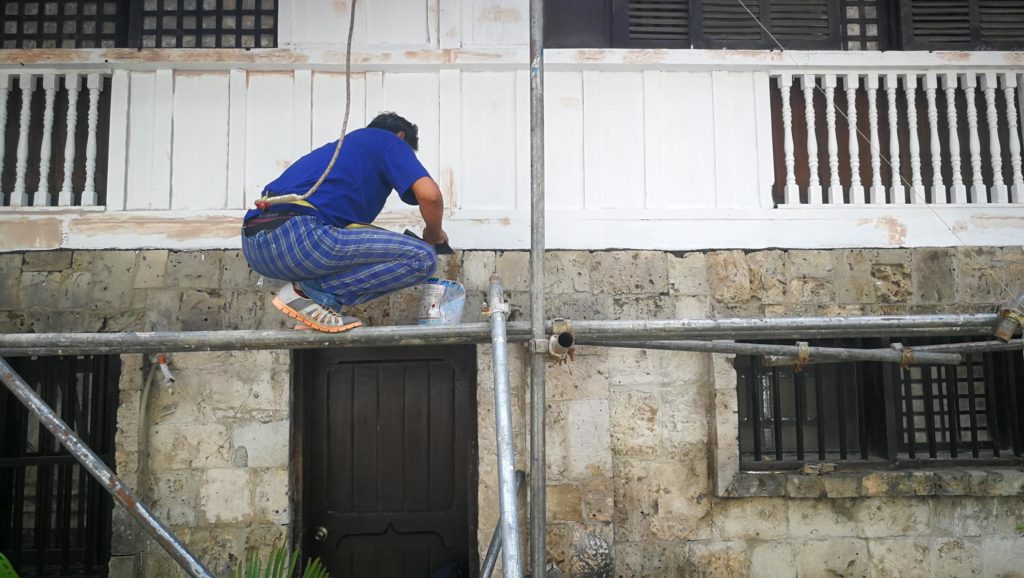
Casa Gorordo Museum. | Contributed photo (File Photo)
MANDAUE CITY, Cebu — Casa Gorordo Museum that closed in 2020 due to pandemic restrictions will again open its doors in October 2022.
But before that, the museum, which is considered as a National Historical Landmark and a favorite stop in Cebu’s cultural circuit, is getting a facelift.
In a statement, the Ramon Aboitiz Foundation, Inc. (RAFI), said that the colonial era building is now undergoing repainting.
Work have recently started on having its dark colored walls replaced with white.
“This will seem new to us who have known Casa Gorordo for its dark brown exterior, and interior, too, but this will actually bring us back to the days when there were people actually living here,” says Florencio Moreño II, officer-in-charge of the Culture and Heritage Unit of RAFI.
RAFI said in its statement that Casa Gorordo “promises an enhanced, more meaningful visitor experience” with its reopening.

Repainting recently started to give Casa Gorordo a fresh look. | Contributed photo
Casa Gorordo Museum that is located on E. Aboitiz Street in the historic Barangay Parian in Cebu City is a two-storey “balay nga tisa.”
The structure that was constructed in the 1850s and that encapsulates the lifestyle of the Parianon families and Cebuanos in the 19th and early 20th centuries is also known as the former residence of Juan Gorordo, the first Filipino bishop of Cebu.
Alejandro Reynes y Rosales was the original owner of the property but he later sold it to Spanish merchant Isidro Gorordo. Four generations of Gorordos lived in the house.
It was acquired by RAFI from the Gorordo family in the late 1970s and was delicately restored before it was opened to the public as a museum in 1983 “to promote enjoyment and awareness of Cebuano culture.”
The former inhabitants of the stone- and- wood building remember it as encased in a light, subdued color which remained unchanged throughout the duration of their stay there.
“As wood preservatives and brown paint were layered over the years, the house has been characterized by its modest dark brown color,” part of the statement read.

| Contributed photo
RAFI said that “it was de rigeur for homes to be painted during the late 19th into the 20 th century. Social standards, public health conditions and the necessity of preserving the structure dictated so much.”
“A painted house established the family’s social status; one was considered to be of means to be able to paint his home. It also helped to keep the house neat, particularly to avoid cholera, a chronic epidemic in the late 1800s and in the early decades of the 1900s.”
With black and white photos hinting of the house’s color during its pre-museum phase, RAFi conducted research and consultations with experts to determine the tints that would most authentically depict the historical period, culture and society that Casa Gorordo represents.
RELATED STORIES
The glorious past gets ‘high tech’
‘Sinug sa Casa Gorordo’ lives on
Cebu’s small museum ‘with a character’
/dbs
